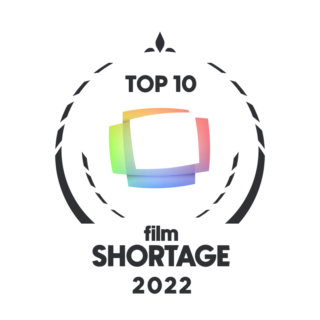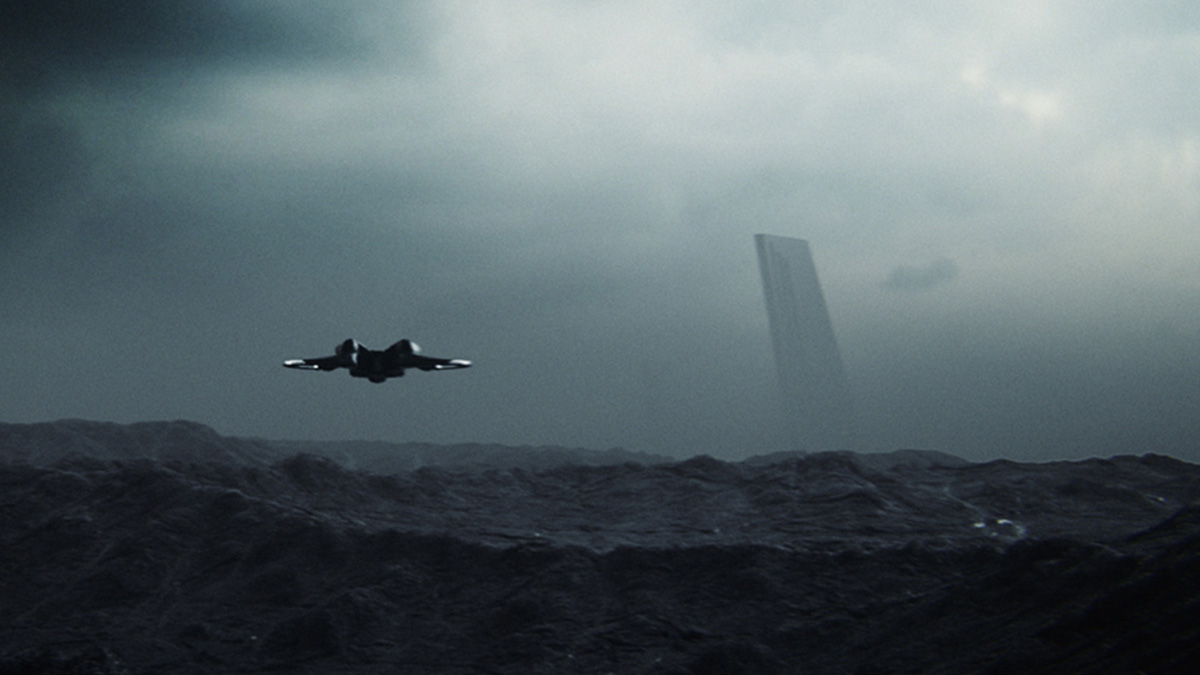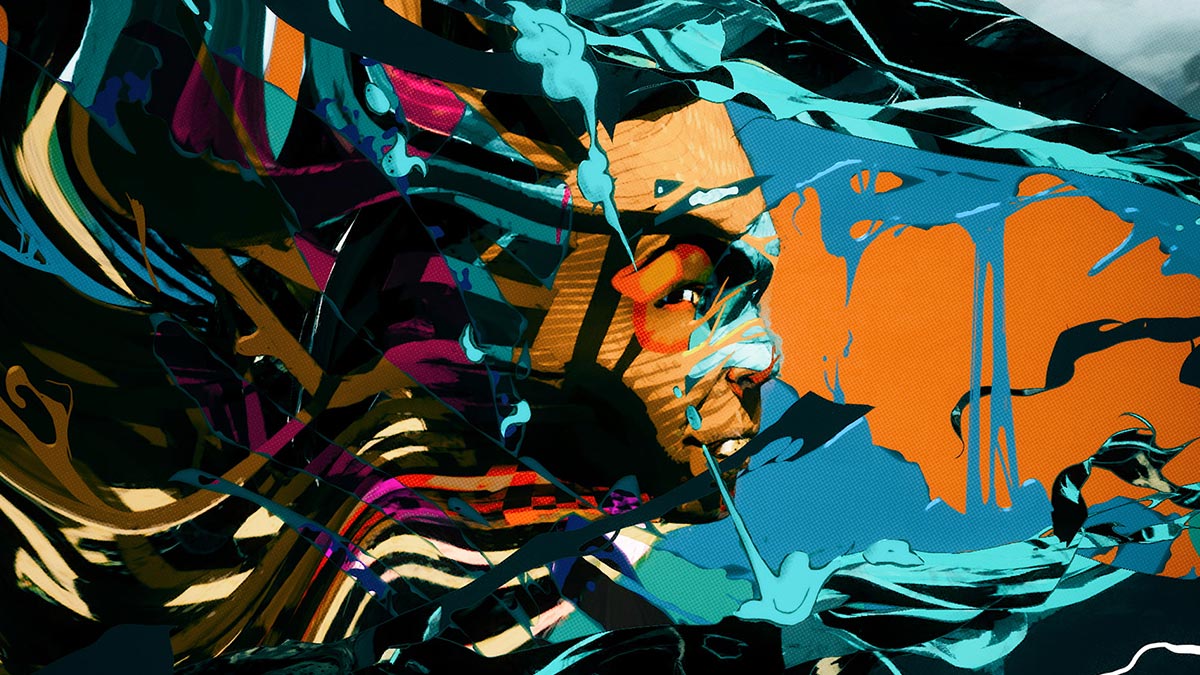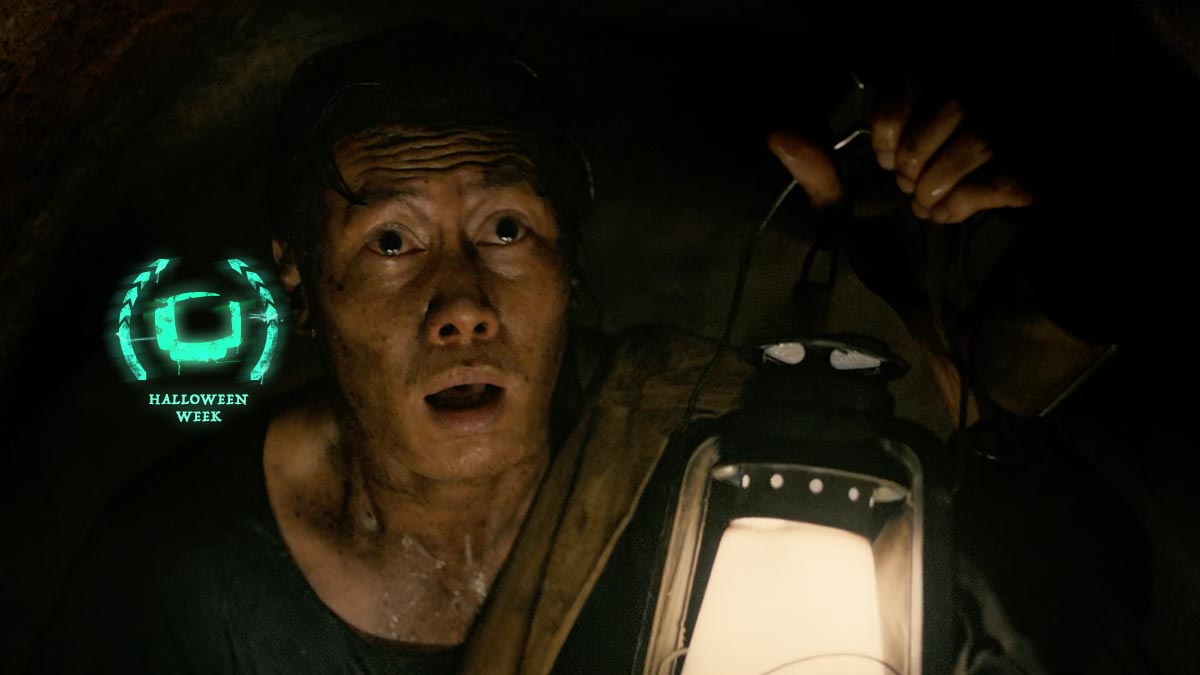In a distant future, a ‘species’ of robotic shamans called the Vi survive through the harvesting of dreams from the human subconscious to predict the future.
Set in a dystopian future in which a ‘species’ of AI-powered robots called the Vi survive through the harvesting of dreams from the human subconscious to predict the future, DECIMA is the titular matriarch and the last remaining biological human who can dream. When the Vi discover Decima is terminally ill, they attempt to extract her soul in order to place it in an immortal vessel. But the robots are about to learn that the human soul has its own intelligence, and powers beyond anything they could ever have predicted.
Produced for the legendary design conference OFFF Barcelona, who granted GMUNK the opportunity to craft their 20th anniversary title sequence with the highest honor.
The film focuses on the human condition and examines the deep emotional connection to loss and rebirth, exploring themes of mortality, empowerment, soul passage, and illumination.
Can you tell us what inspired you to bring this story to life?
Since my father passed away a few years ago, I’ve been obsessed with themes of the afterlife and transmigration – as I’ve been dreaming constantly about where his soul would be placed next. I’ve always had deep questions about Soul Passage and wanted to expand on it creatively through the lens of science fiction – to let the imagination run wild as a sort of expressive grieving phase. Sometimes dreaming and meditating on the unknown is the best medicine.
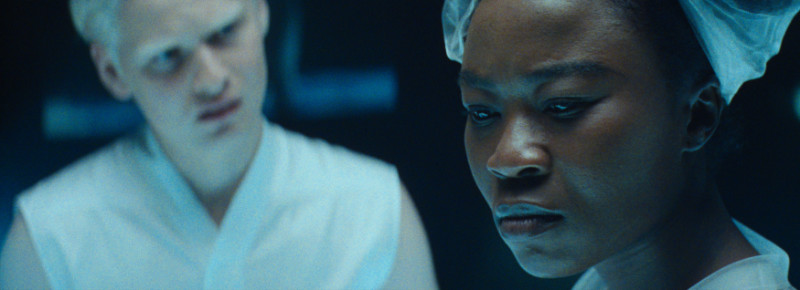
What was the storyboarding process like for a project like this?
The screenplay and storyboarding process were fairly normal. It all started with developing the story first, then making keyframes, then flushing out the entire sequences in full detail. From there we moved into the board-o-matics and in parallel, started the previs of the ceremony with all the robotics, which was a very tall order to get all the choreography right. From there we started with plastic toy robots and posed them for our hero keyframes, and then those poses and structural compositions informed the robotics animation phase, which took place in the 3D software Maya.
We didn’t get too specific on the lighting and laser patterns in the storyboarding phase, nor the previs phase. We had to develop all of that live on-site for an entire week before the shoot – as there’s no other way to really do the lighting programming – you gotta do it live 🙂
Biggest challenge for ‘Decima’?
Definitely, the biggest challenge was the Robotics, and integrating the robotics into the story, which was a first for all of us. We had a challenge of having a human actor interact in a dialogue with the Supreme, and timing the speech of the machine to light patterns on their interior, which was done live and interactively while the camera was rolling.
We also had to figure out how to capture the ceremony without frying the camera sensor. Imagine four laser projectors, mounted on kinetic arms, traveling throughout a scene with a variety of patterns – essentially lasers everywhere. We had a grip shadowing the camera lens at all times with a black floppy, and whenever a laser came close, we covered the lens rather quickly. We established ‘dead zones’ of laser activity, and also ‘robots in motion’ activity so nobody could enter those zones.
Soul Extraction was another big challenge. We used Motion Control to get two instances of her on the bed and in the air and had to time creating a laser cradle of sorts with the speed of her ascension, and then synchronize that to the motion-controlled camera to try and get the choreography right.
The last challenge was the budget. Imagine shooting the entire film in two days, so of course, we were constantly behind schedule and working VERY fast, which is always to challenge to keep your eyes on getting everything done right – it’s hard.
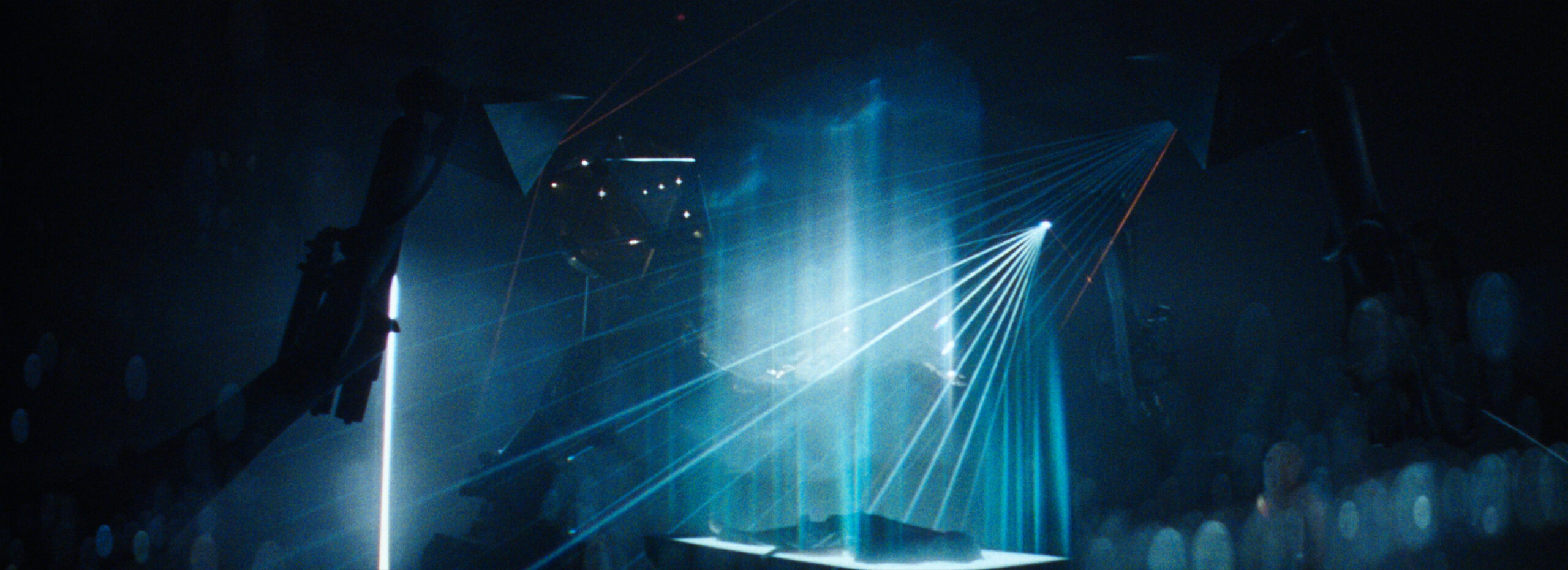
Do you have any tips or advice to offer fellow filmmakers?
Just be prepared for things to go wrong – imagine in your mind important things not working out exactly how you want and what your response will be, because that will certainly happen – especially on a shoestring budget.
Also, preparation is key – be over-prepared for everything – you can never have enough pre-production and always lean into that preparation – keep looking at your notes, at your storyboards, at your previs – constantly remind yourself of that prep and make sure when it’s showtime, things are done right to honor that preparation.
What do you hope people will take away from this?
The goal of this film was threefold. The first was to create a very unique short film and title sequence, using robotics and lighting design in a fresh new way through the lens of vintage science-fiction.
We also wanted to develop an interesting narrative that would bring people into the hero’s journey and her immortal destiny. It was our goal to share the multifaceted nature of Decima’s character and each scene revealed a different aspect of it. You never have enough time in short films but it was our goal to pack a lot of humanity, stylistic flair, motion design, and technological innovation into this immense project.
What are your favorite short films?
Jibaro, Electronic Labyrinth: THX 1138 4EB, anything vintage Spike Jonze and Johnny Green.
Which films can you say directly inspired this short?
2001: A Space Odyssey, Beyond the Black Rainbow, Blade Runner, Close Encounters, Minority Report, Interstellar, Annihilation – my usual suspects.
Beyond the Black Rainbow is a favorite for its incredible texture and rich tones, which inspired the post-process of transferring the digital negative to motion picture film stock and re-scanning for color grade – it gave the film such character and played amazingly well with the lights and halation, amplifying them to new heights.
DECIMA x OFFF2022 Process
DECIMA x OFFF2022 Process from GMUNK on Vimeo.


